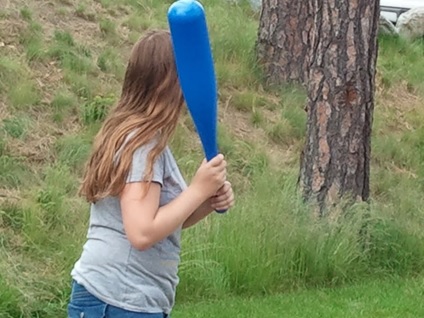Five years ago, researchers in Coeur d’Alene, Idaho, wanted to test whether overweight teenagers would be receptive to a community-based fitness program that included exercise, goal-setting, and nutrition coaching.
As it turned out, finding 20 overweight teens who wanted to take part “was the easiest recruitment I ever had for a study,” said Dr. Marian Wilson, an assistant professor at the WSU College of Nursing. “We had kids lining up to get their BMI measured.”
And it worked – at the end of the 12-week study, the teens showed improvement in blood pressure, they could do more push-ups and sit-ups, they could walk faster on a treadmill, their “screen time” was down and they expressed greater confidence. The results of the study have just been published in the Journal of Pediatric Health Care.
Shawn Burke brought the idea for the community-based fitness program to Wilson when she was clinical research coordinator at Kootenai Health in Coeur d’Alene. Burke worked as a personal trainer and saw a need, he said.
More than 20 percent of U.S. adolescents ages 12 to 19 are estimated to be overweight or obese. Schools are ideal places to introduce diet and exercise programs, but there have been limited studies on how to deliver cost-effective programs for schools at all income levels.
The pilot program took place in Lake City High School in Coeur d’Alene. The fitness program was called Wellness Incentive to Health (WITH), and it was designed and run as a community collaboration. Participants included Burke and his business, plus representatives from Kootenai Health, Washington State University, the University of Idaho, the Coeur d’Alene School District, Lewis-Clark State College, North Idaho College, the Salvation Army Kroc Center, and community volunteers. Students chosen to participate were given a wearable fitness tracking device then took part in group physical activities, nutrition education, and weekly goal-setting sessions. The program offered rewards like movie tickets for meeting goals. A $14,000 grant paid operating expenses and community members involved donated their time.
The variety of activities was key, both Burke and Wilson say. The teenagers participated in group activities like trail-walking, swimming, rock-climbing and biking.

“I taught the kids there was more than one way of exercising,” Burke said.
Said Wilson, “These are kids who didn’t play sports. They liked the idea of having group exercises that didn’t have to be associated with competition.”
Though participants showed improvement in health and fitness, the small size of the study and lack of a control group mean it’s not possible to say that the improvements were related to the 12-week program, Wilson noted.
But Burke said he was “blown away” by the students’ evaluations at the end of the study. “The kids were saying, ‘This gave me a direction, gave me a foundation for what I need to do.’” After the study, Burke went on to create scholarships for 20 teenagers a year at his gym, Foundation Fitness. He’d like to expand that program as funding becomes available, he said.
Wilson said she’s gotten inquiries about the study because childhood and teenage obesity is an ongoing public health problem. But the Coeur d’Alene study showed that it’s possible for a motivated community to make a difference, she said: “You don’t have to have a lot of money if you have enthusiasm and people willing to help.”

